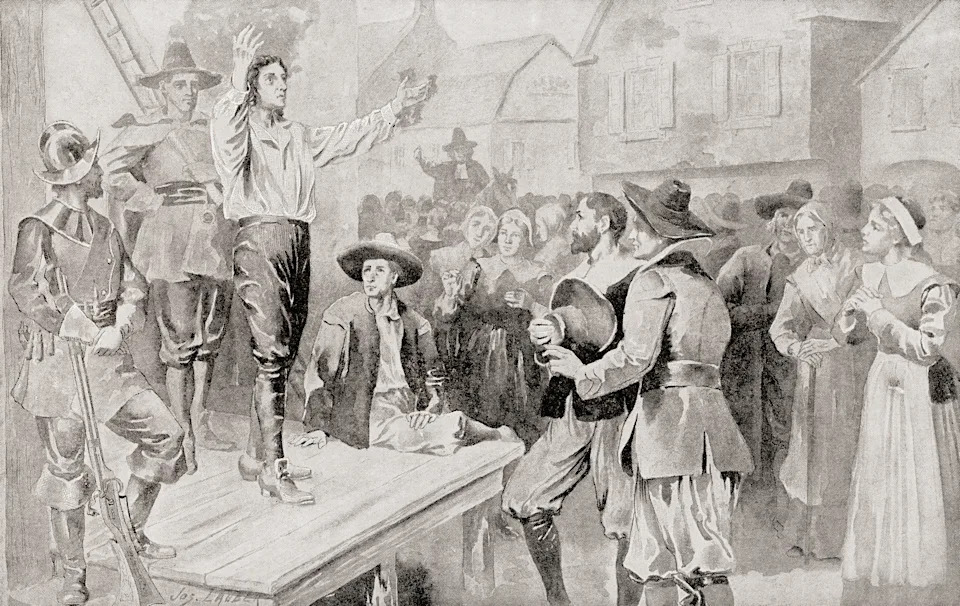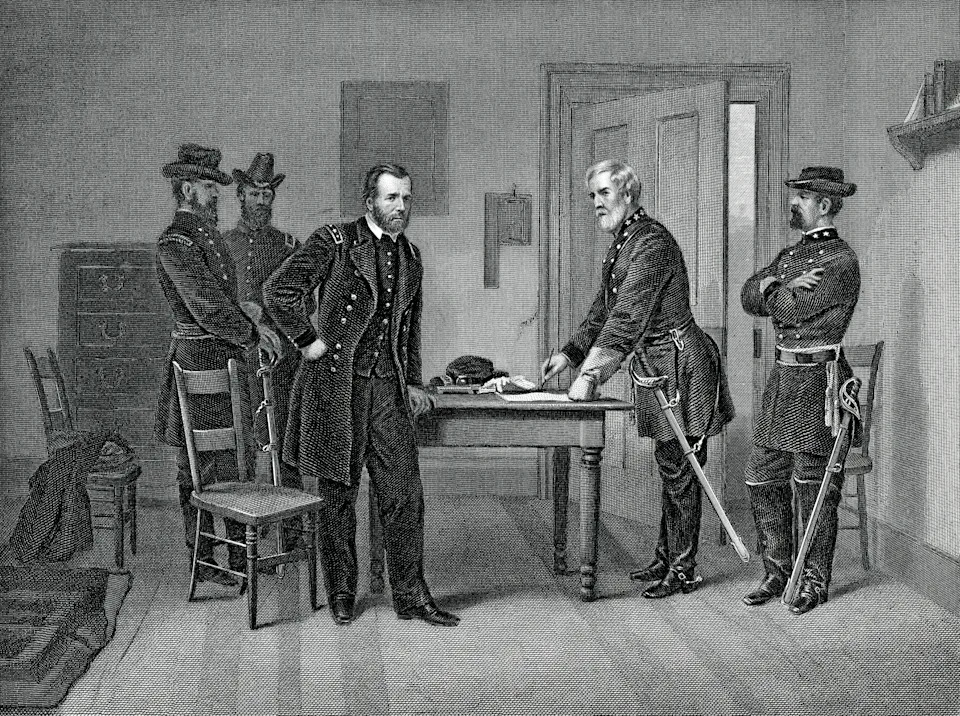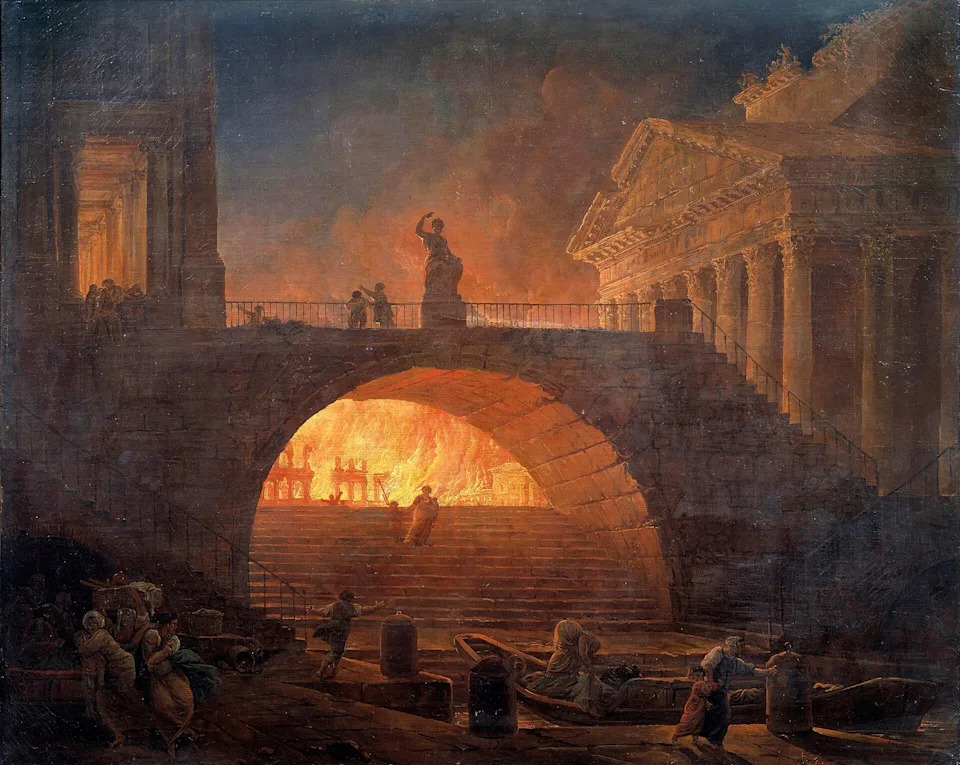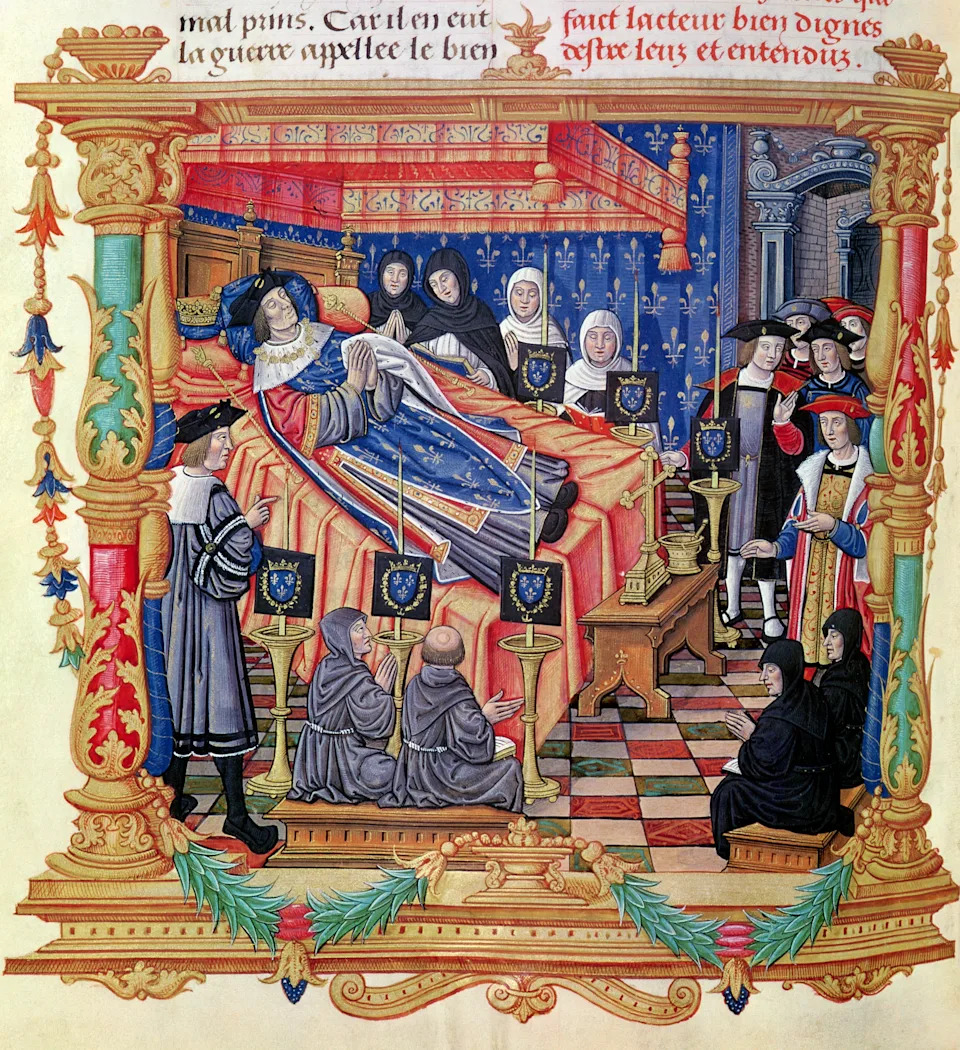Even in our modern day, when it seems so easy to fact-check, the telling of history is wrought with mistruths, mistakes, myths, and lies that range from small to pretty massive. But the truth is always far more interesting — and even when it’s not, it’s important to tell anyway! So, here are 10 historical myths that you may or may not have heard about or still believe. Enjoy!
1. The myth that Gavrilo Princip had stopped for a sandwich just before assassinating Archduke Franz Ferdinand:
Universal History Archive / Getty Images
The story of Franz Ferdinand’s assassination has endlessly occupied the public imagination not just because of its effect — the advent of WWI — but also because of how unlikely its success actually was.
Multiple would-be assassins were involved in the plot, and while several had had the chance to act and failed, and a bomb intended for the Duke had gone off under the wrong car, 19-year-old Gavrilo Princip did ultimately succeed in murdering the Duke.
The successful assassination of Ferdinand and his wife happened “completely by chance”; their open-top car had taken a wrong turn on the streets of Sarajevo and come to a stop on a street corner just in front of Princip, who had just exited a delicatessen.
But a prevalent myth surrounds the story: the tiny detail that Princip was munching on a sandwich when the Duke’s car happened to roll up in front of him. In reality, this myth doesn’t come from any primary source material; in fact, the earliest mention of it is in a Brazilian novel titled Twelve Fingers, which was translated into English in 2001.
It might seem like a fun rumor, but writer Mike Dash of Smithsonian magazine, who traced the origin of the myth, posits that fake history is more harmful than it may seem “By portraying the assassination of Franz Ferdinand as a piece of outrageous coincidence,” he writes in a special report, “the story of Gavrilo Princip’s sandwich makes it seem far less important to think deeply about the killer and his companions, and about their motives and determination.”
Related: 15 Things Everyone Was Excited About…That Turned Out To Be A Major Disappointment
2. The myth that Anne Boleyn was convicted of witchcraft:
Photos.com / Getty Images, Heritage Images / Getty Images
In 1536, a story “reported third-hand” by contemporary diplomat Eustace Chapuys told the tale that Henry VIII, in the wake of Anne’s miscarriage of a male fetus, told a courtier that he had been “seduced…by sortilèges,” aka sorcery, or witchcraft.
According to BBC History Magazine, “Though this is regularly cited as one of the charges of which she was found guilty, it is not mentioned in the indictment.” Rather, Anne was executed on charges of incest, adultery, and treason.
Henry was married to Anne for three years before he had her killed. Before that, he had been married to Catherine of Aragon for 24 years; to marry Anne, he abandoned Catherine, transfigured the Church of England, and changed his country permanently, just to kill her three years after being wed.
3. The myth that people who were convcted of witchcraft in Salem, Massachusetts were burned at the stake:

Universal History Archive / Getty Images
According to History.com, 20 people in Salem were executed after being accused of witchcraft. None, however, were burned at the stake.
19 victims were hanged, and one, Giles Corey, was “pressed to death by heavy stones.”
In Europe, especially in the Medieval era, witches were burned, though many of them — but not all — were first hanged or beheaded.
4. The myth that the US Civil War was about “states’ rights” and not slavery:

Traveler1116 / Getty Images
The Constitution of the Confederate States not only enshrined the right to enslave people — expressly prohibiting that any “law denying or impairing the right of property in negro slaves shall be passed” — it actually forced and mandated institutionalized slavery in any future Confederate states that might come to exist. In other words, future Confederate states would not have the right of self-determination when it came to slavery. Basically, the Civil War wasn’t just about states’ rights to have slaves; it was about forcing other states to have slaves, as well.
Related: These 12 Facts Are So Mind-Blowing I Literally Had To Fact-Check Them Twice Because I Refused To Believe They’re Real
5. The myth that Nero “fiddled” while Rome burned:

It’s true that the fiddle did not yet exist in 64 AD, when the city of Rome caught on fire, but that isn’t enough on its own to dispel the myth. If Nero had been playing an instrument, it would have been another string instrument, like a lyre, which was popular at the time.
The real issue is this: In order to have watched over the city and played the lyre, or the cithara, or even a grand piano whilst everything around him burned to the ground, Nero would have had to actually be in Rome at the time. According to the Roman historian Tacitus, Nero was actually away at his villa in Antium when the fire broke out.
Tacitus writes that Nero returned to the city and immediately began relief efforts for the “homeless and fugitive populace,” even opening up his own palace gardens to make room for temporary shelters. But, Tacitus writes, his measures “failed of their effect; for the report had spread that, at the very moment when Rome was aflame, he had mounted his private stage, and typifying the ills of the present by the calamities of the past, had sung the destruction of Troy.”
Sounds a bit like an ancient smear campaign. But don’t worry, Nero wasn’t undeserving of bad press in general. He wasn’t exactly a great guy.
6. The myth that Paul Revere shouted, “The British are coming!”:

Graphicaartis / Getty Images
Paul Revere’s ride was immortalized in Henry Wadsworth Longfellow’s legendary poem, but that’s not the only time the story has been romanticized. It’s a popular notion that Revere rode around the countryside warning people that “the British are coming,” but that would have been a bit nonsensical to shout to a bunch of farmers who still were, really, British subjects.
What Revere actually shouted was, “The Regulars are coming out!” which might not have the same ring to it, but hey, it’s what actually happened, and it got the job done.
Related: These Were The Most Iconic Logos 40 Years Ago…Can You Name Even 8 Of Them Now?
7. The myth that the average medieval lifespan was 30 or 40 years:

Culture Club / Getty Images
Well, it’s technically true — the average lifespan in medieval Europe was not as high as it is today. But it’s not like human genetics have changed, that our telomeres have lengthened over time, and we inherently live longer today than in previous centuries. Rather, the medieval average lifespan was brought down significantly by infant mortality.
In fact, despite lacking modern medicine — no synthetic painkillers, chemotherapy, or penicillin — if a medieval person made it past childhood, they would probably have made it well past 50, if not longer.
8. The myth that George Washington’s false teeth were made out of wood:

Star Tribune Via Getty Images / Getty Images
From lost teeth to toothaches to poorly made dentures, Washington suffered from dental problems all his life. But despite the popular myth, his dentures were not actually fashioned out of wood; rather, they were made throughout his lifetime from various materials, including ivory, metals, teeth from horses and cows, and, most horrifyingly, human teeth, which had been purchased from enslaved people.
9. The myth that Columbus was the first European to discover America:
Gaps / Getty Images, Heritage Images / Getty Images
While he’s historically been treated as an American hero for the discovery of what’s now the United States, Columbus never actually set foot in North America — though it’s true he did sail west and discover that there was land far, far, far before you would’ve reached Asia.
But while he’s hailed for being the first European to discover the Americas, that claim has been debunked. He was beaten to the chase by almost 500 years when Leif Erikson, a Norseman, landed in what he called ‘Vinland’ but which you or I might know as Newfoundland, Canada. Pretty cool.
Related: Older People Are Spilling The Details On Almost Every Facet Of Life, And I Can’t Stop Reading
10. And finally, the myth that Napoleon was abnormally short:

Dea Picture Library / Getty Images
Common depictions of Napoleon (and especially British depictions…cough cough) often portray him as noticeably shorter than most other men. At a time when the average height of his fellow Frenchmen was between 5’2″ and 5’6″, Napoleon is estimated to have stood at an absolutely towering 5’6″ or 5’7″. Short king! Well, short emperor.
So, what do you think of these? Let me know in the comments. Better yet, tell me your own historical pet peeves that drive you up the wall — I always love learning more about history.
If you have something to share but prefer to remain anonymous, feel free to check out this anonymous form. Who knows — your comment could be included in a future BuzzFeed article!
Also in Rewind: 21 Things That Were Completely “Ruined” When They Became Too Popular
Also in Rewind: 66 Halloween Costumes That Already Won Halloween, And It Literally Hasn’t Even Happened Yet
Also in Rewind: My Mind Is Absolutely Blown By These 45 Photos That Are Making Me Look At History And Time Very Differently
Read it on BuzzFeed.com
